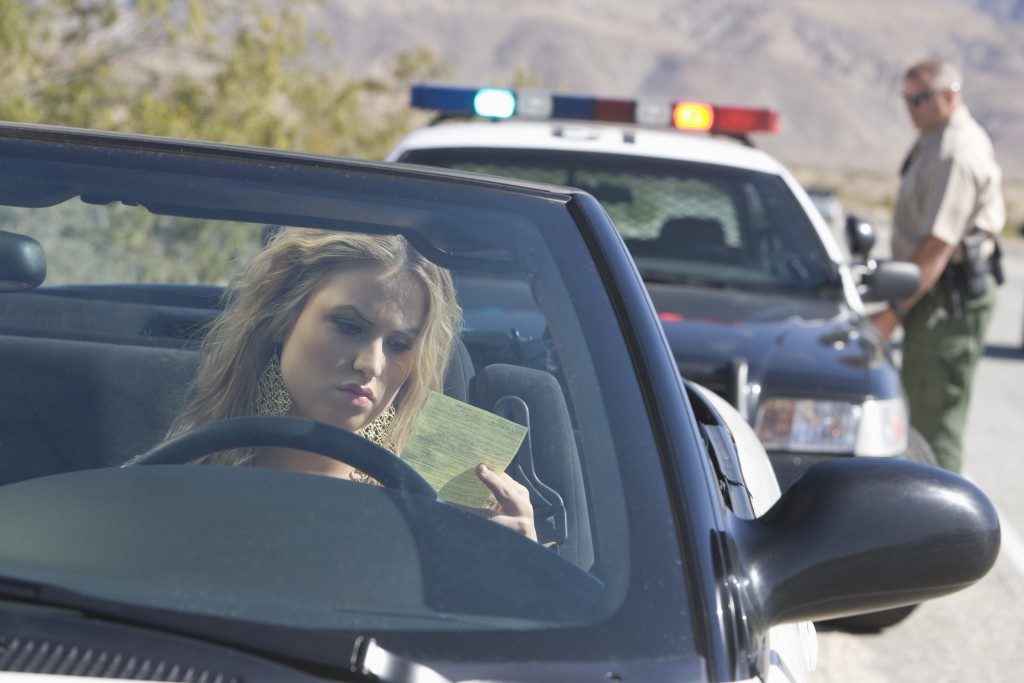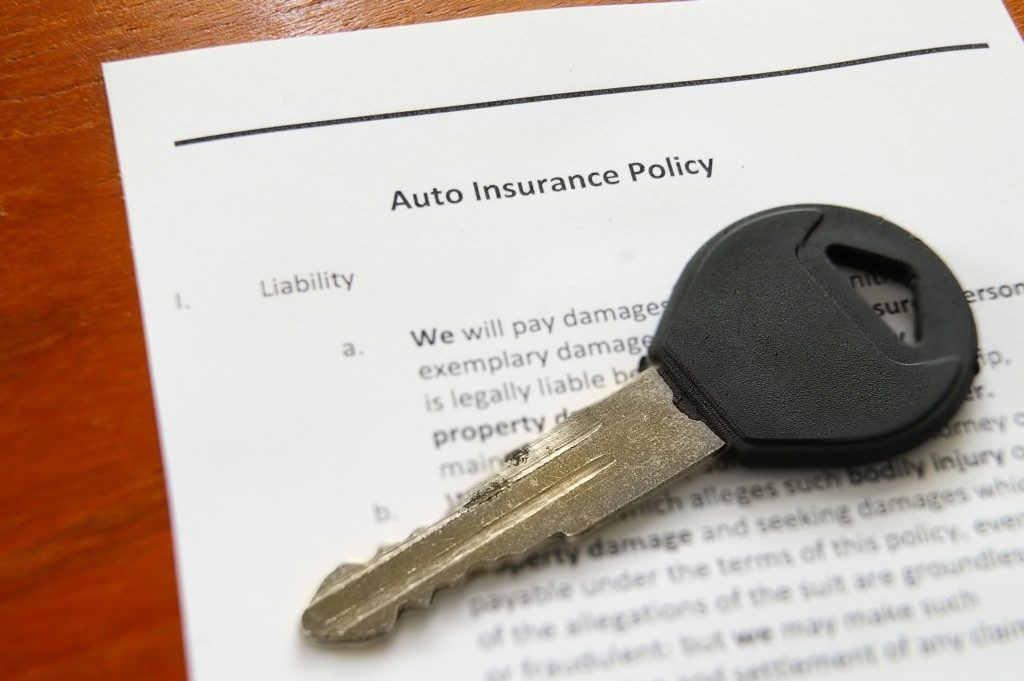So, you’re driving on the highway, listening to your favorite playlist on Spotify when suddenly you see flashing lights of red and blue behind you. You take a quick glance at your rear view mirror and you realize that an emergency vehicle is fast approaching. What do you do next? Don’t panic. If that’s an emergency vehicle you see, whether it is an ambulance, a fire truck, or a police car, you should slow down or pull over on the side of the road. Let the vehicle pass and so it can safely reach its destination as fast as possible.
Why are Police Lights Red and Blue?
 In emergency lighting, white and green are actually two of the most visible warning lights, followed by red. However, the color white though highly visible and effective in attracting attention, does not convey a sense of danger or emergency. The same goes with the color green, as it is associated with “go” or being “safe”, making it unsuitable for alerting drivers that there is danger ahead.
In emergency lighting, white and green are actually two of the most visible warning lights, followed by red. However, the color white though highly visible and effective in attracting attention, does not convey a sense of danger or emergency. The same goes with the color green, as it is associated with “go” or being “safe”, making it unsuitable for alerting drivers that there is danger ahead.
In law enforcement, police lights serve as a vital tool that allows officers to do their job quickly and efficiently. During the 1940s, patrol units used a single, non-flashing red light at the front of the car. Red was the chosen color most likely because it symbolizes “stop” and other warning signs across the country.
Over time, police cars and other emergency vehicles began using red flashing lights. The color blue was also added as an emergency light. Both red and blue colors complement each other, as red is more visible than blue during the day and blue is more visible at night. Using them together increases visibility regardless of the time of day.
The addition of blue light also solved the problem of red being overlooked in traffic as it is the same color as a vehicle’s tail lights. In New York, the state police began using blue light to the rear end of their squad cars because of the increase in rear-end collisions prior to that. Interestingly, some experts say that the use of red and blue lights also addresses the problem of drivers who are color blind. Drivers who have trouble seeing red find it easier to see blue and vice versa.
In many areas, red and blue are considered the standard emergency colors. Certain jurisdictions, though, choose to use other color combinations for certain types of emergency vehicles. For example, in some states, firefighters and EMS responders use red and white lights while green is commonly associated with Homeland Security vehicles as well as volunteer firefighters and paramedics. In states like New York, using white light during the night shift is common if thsae area needs greater visibility while yellow light is used to signal to other vehicles that a squad car must slow down.
Police lights have come a long way over the years but still they serve the main purpose of alerting other vehicles that there is an emergency situation. Effective use of lighting is important so that police officers may reach and respond to incidents immediately.



